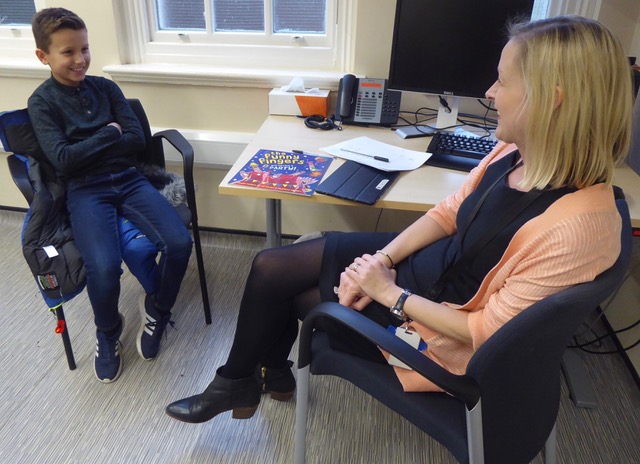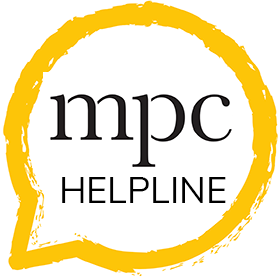What is stammering?
A quick reminder for therapists
We tend to talk about stammering in the UK while elsewhere it is called stuttering. Stammering has overt (outward) features and covert (hidden or inwardly-experienced) features.
Outward features
A child who stammers may:
- repeat whole words, e.g. “and, and, and, then I left”
- repeat single sounds or syllables, e.g. “c-c-come h-h-here mu-mu-mummy”
- prolong or stretch sounds, e.g. “sssssssometimes I go out”
- block, where the mouth is in position, but no sound comes out
- look as though they are tensing up or pushing hard. Often this can be seen around the eyes, nose, lips or neck but it can be seen anywhere in the body
- try to physically push the word out by making other movements. e.g. stamping a foot, shifting body position, nodding their head or jerking their head to one side, screwing up their eyes, tapping with a finger against something, clenching a fist or making other gestures with their hands
- do things because they are feeling self-conscious about stammering, e.g. looking down or away or covering their mouth
- breathe in an unusual way i.e. hold their breath while speaking, talk to the end of their breath and then take a gasp, or take an exaggerated breath before speaking (This sometimes happens because a child has been told to take a deep breath
Covert features
A child who stammers may, or may not:
- feel anxious, worried, frustrated, self-conscious, embarrassed, ashamed, angry or even guilty about stammering
- think that they shouldn’t stammer because people don’t like it
- worry about how people will react if they stammer
- worry about what people will think of them if they stammer
- develop the idea that they are not good at talking
- avoid words that they worry they will get stuck on by choosing a different word. You may see that they start to say one word and switch to something else (i.e. “I played with my br- (brother)… best friend on Saturday”). Quite often you can’t see it because they arrange their sentence beforehand so it only contains safe words. This can mean that they sound a bit long-winded or unclear in the point that they are making.
- avoid speaking. There are many ways that children may do this, including saying “I’ve forgotten” or “It doesn’t matter”, not putting their hand up when they know the answer, or just saying as little as possible. Saying names can be especially hard for children who stammer because there is no alternative word that they can use.
- avoid some speaking situations, either by not volunteering, by saying they don’t want to do something, by hanging back or not joining in, or by asking someone to speak for them. Difficult situations can be asking or answering questions in class, speaking in assembly, answering the register, saying your name, talking to anyone in authority (especially if you’re in trouble!), speaking to groups of people or speaking to someone they don’t really know, like asking for something in a restaurant or shop.
Clinical reminders

We might not see much stammering at assessment
In clinic we often do not see a client’s stammer as they experience it as other times. It is helpful to reassure parents or clients that we understand the variability of stammering so they are not worrying that it all depends on how much stammering we see on the day.
We need to enquire about, and understand, covert as well as overt aspects of stammering. Measuring the impact of stammering in terms of its’ covert features is more important than measuring the amount that someone stammers in clinic.
Be prepared to assess covert features of stammering
If you do not have questionnaires such as the OASES, Kiddycat or CAT then discuss this with your manager.
You can download the Palin Parent-Rating Scales for free. This is an online questionnaire completed by parents. Go to our resources section to register.
Stammering can affect parents too
Spend enough time with parents to understand the worries that they may have for their child (current or future) and their own emotions related to their child’s stammer.

Sometimes you just need someone to talk to


Sometimes you just need someone to talk to
Our Helpline, 020 3316 8100, is open during office hours (9am-5pm) and voicemail messages can be left when the office is closed.
“I’m much less scared about direct work now that I’ve seen and practiced the techniques.”
